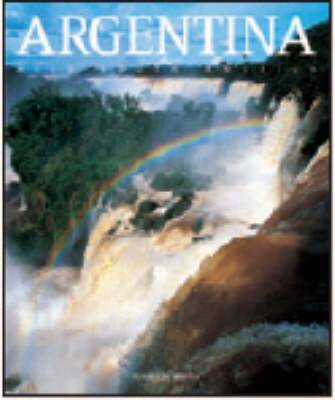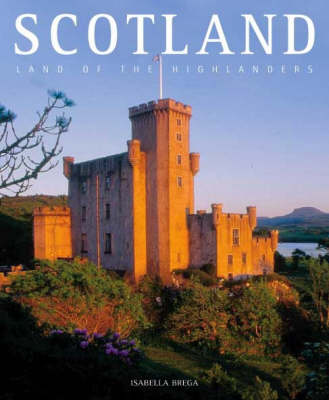Countries of the World
2 total works
From the Iguazu Falls to Tierra del Fuego, from the boundless pampas to the rivers of Mesopotamia, Argentina is full of surprises. A young land, it has lost none of its taste for adventure and discovery. Buenos Aires is the most European capital in South America, symbolizing great expectations and profound change. Its people, the product of mass, disorganized immigration, found fresh enthusiasm, becoming masters of their own fate and fortune. Argentina is amazing peaks, crystal-clear lakes, forests of larch and monkey-puzzle trees, eternal glaciers: nature, proud and solitary, is still only partially tamed by man. Oceans, beaches, rivers, prairies and plains in abundance, inhabited by cattle, horses and sheep, as well as such animals as the nandu, penguin, elephant seal, condor, guanaco and deer. What remains of the ancient pre-colonial civilizations merges with the distant echoes of Art Nouveau or Deco, and the ruins of the Jesuit missions stand alongside baroque Spanish churches.
Descendants of the gauchos still ride across immense plains, home to prosperous estancias that bear the curse of solitude; the legendary herdsmen and the melancholic, unsettling national dance, the tango, are the soul of this strong and generous country that continues to ask itself questions and to dream of a future of boundless promise.
Descendants of the gauchos still ride across immense plains, home to prosperous estancias that bear the curse of solitude; the legendary herdsmen and the melancholic, unsettling national dance, the tango, are the soul of this strong and generous country that continues to ask itself questions and to dream of a future of boundless promise.
Scotland has never disappointed lovers of mystery and atmosphere. Situated in Britain's far north, seemingly suspended between low skies and chill waters, this harsh, brave land works a subtle spell with its swirling mists, its changing light, its cold, evanescent lochs. This is the land of the murderous Macbeth and the unhappy Mary Stuart, of the elusive Loch Ness monster, the romantic Walter Scott, the outlawed Rob Roy, of Bonnie Prince Charlie, Peter Pan, Dr Jekyll and Mr Hyde. Foremost among its cities are dour but culturally rich Edinburgh (in Britain, second only to London for outstanding art collections) and lively, industrial Glasgow; included among its sons are illustrious scientists, inventors, explorers and philosophers, men of the calibre of Hume, Watt, Smith, Fleming, Maxwell, Bell, Livingston and Dunlop. A wind-swept, rain-soaked world of highlands, glens and moors, rugged coastlines and clusters of islands, a world apart from the appealing symbols attributed to it by nineteenth-century fashion: kilts, bagpipes, tartan, shortbread biscuits, Gaelic, golf courses, whisky.
It was Queen Victoria who started the vogue and the hardworking but poor Scots, living in a land of meagre resources, had the good sense to follow suit. Scotland is a land of still lochs and undulating hills, an amalgam of history and legend, peat and heather, blood and tears, pride and daring. Here reality is wed with fantasy, never more dramatically than in the imposing presence of its splendid castles and the fleeting visions of their countless ghosts.
It was Queen Victoria who started the vogue and the hardworking but poor Scots, living in a land of meagre resources, had the good sense to follow suit. Scotland is a land of still lochs and undulating hills, an amalgam of history and legend, peat and heather, blood and tears, pride and daring. Here reality is wed with fantasy, never more dramatically than in the imposing presence of its splendid castles and the fleeting visions of their countless ghosts.

